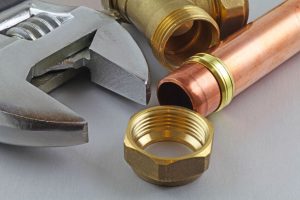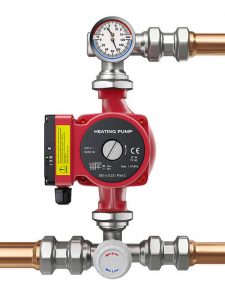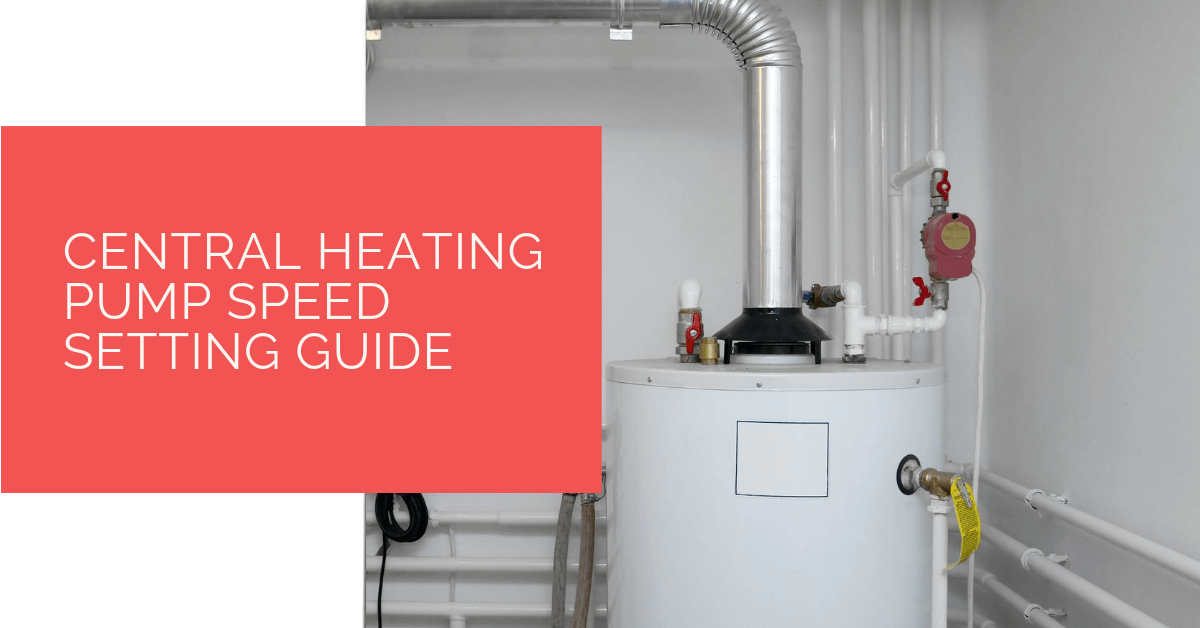Setting the right speed for your central heating pump is crucial for achieving optimal water temperature and ensuring energy efficiency. This guide will help you understand the factors influencing pump speed settings and provide practical tips to find the best settings for your system.
Contents
- 1 Key Takeaways
- 2 Understanding the Central Heating Pump
- 3 Why Multiple Speed Settings?
- 4 Effects of Incorrect Speed Settings
- 5 Electricity Consumption
- 6 Types of Speed Settings
- 7 Setting the Speed on Your Pump
- 8 Signs You Need to Adjust Speed Settings
- 9 Expert Insights and HVAC Solutions
- 10 Heat Pump Source: Reliable Heating and Cooling Solutions
- 11 Conclusion
Key Takeaways
- Central Heating Pump Function: Circulates hot water from boilers to radiators and back.
- Importance of Speed Settings: Ensures efficient energy use and optimal water temperature.
- Choosing the Right Speed: Involves observing radiator heat and boiler behaviour or using advanced temperature measurement methods.
Understanding the Central Heating Pump
A central heating pump is essential for moving hot water from the boiler to radiators throughout the house and returning cooled water to the boiler for reheating. The right speed setting is critical for maintaining this cycle efficiently.
Why Multiple Speed Settings?
Central heating pumps come with multiple speed settings to accommodate different system requirements:
- System Size: Larger systems with more radiators require different speeds than smaller ones.
- Pipe Diameter and Length: Varying diameters and lengths create different friction levels, influencing the needed pump speed.
- Boiler Size: Larger boilers might require higher speeds to ensure efficient water circulation.
Effects of Incorrect Speed Settings
Too Fast
- Noisy pump and pipes
- Increased electricity usage
- Air infiltration, requiring frequent bleeding
- Accelerated wear and tear
- Rapid boiler cycling
Too Slow
- Insufficient radiator heating
- Boiler overheating and automatic shutdown
- Returning water temperature too low

Electricity Consumption
Electricity usage varies by pump size, model, and speed settings. Higher speeds generally consume more power, while lower speeds use less. For energy savings, aim to use the lowest effective speed setting.
Types of Speed Settings
- Single Speed: Rarely found due to advancements in technology.
- Multiple Fixed Speeds: Common, typically offering three pre-set speeds.
- Variable Speed: Adjustable to meet specific heating needs.
- Combined Speed Settings: Brands like Wilo offer both fixed and variable settings.
Setting the Speed on Your Pump
Most pumps feature easily accessible controls for adjusting the speed, such as buttons with indicator lights or rotary dials.
Basic Method
- Start with the highest setting and gradually lower it, checking radiator heat and boiler behaviour.
- Aim for the lowest speed that provides adequate heating without causing boiler issues.
Advanced Method
- Measure the temperature difference between water leaving the boiler and returning from radiators (aim for an 11-12°C difference).
- Ensure that the water returned to a condensing boiler is below 55°C for maximum efficiency.
- Use a thermometer for precise measurement and adjust speed accordingly.
- Monitor for signs like excessive noise, insufficient heating, or strange boiler sounds.

Signs You Need to Adjust Speed Settings
- Radiators not heating despite bleeding: Increase speed.
- Noisy pumps and frequent bleeding: Decrease speed.
- Boiler overheating or cycling issues: Fine-tune the speed setting.
Expert Insights and HVAC Solutions
Here’s what our experienced HVAC engineers have to say about central heating pump settings:
Proper pump speed settings are crucial for maintaining system efficiency and prolonging the lifespan of your heating equipment. Regular monitoring and adjustments based on system performance are key.
Using advanced methods to measure temperature differentials can significantly optimise energy usage and ensure consistent heating performance.
Heat Pump Source: Reliable Heating and Cooling Solutions
At Heat Pump Source, we take pride in our unwavering commitment to serving the UK with top-tier HVAC solutions. From the efficiency of heat pumps and the cool relief of air conditioning to the warmth of boilers, radiators, and underfloor heating, our dedicated team is always at the forefront of innovation. We understand the unique needs of every household and business, and we strive to provide dependable health and cooling products and services that are tailored just for you. Ensuring your comfort and satisfaction is our utmost priority. Whether you have questions, need guidance, or require support, we’re always here to assist. Please don’t hesitate to contact us; we’re eager to be of service.
Conclusion
The central heating pump is vital for maintaining a warm, energy-efficient home. Proper speed setting, influenced by various factors, enhances system performance, reduces energy costs, and ensures comfort. Whether using basic methods or advanced techniques, finding the optimal speed setting is key to an efficient heating system.
By understanding and applying these guidelines, homeowners can ensure their central heating systems operate at peak efficiency and provide warmth and comfort throughout the year.
About the Author
At Heat Pump Source, our articles are the product of a collaborative effort among highly skilled HVAC experts. Our dedicated professionals, hailing from diverse backgrounds in heating, ventilation, air conditioning, and refrigeration, contribute their extensive knowledge and experience to every piece of content. This multidisciplinary approach ensures comprehensive coverage. Our commitment is to deliver authoritative, reliable, and tailored advice to meet the unique needs of every household and business across the UK.

